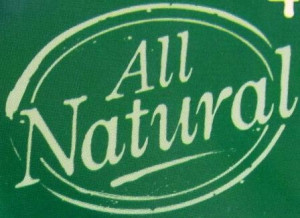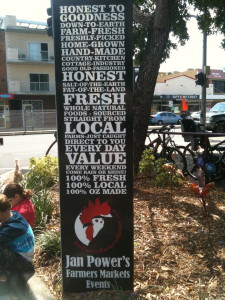Vermont Livestock Slaughter and Processing, LLC, a Ferrisburg, Vt., establishment, is recalling approximately 133 pounds of ground beef products that may be contaminated with E. coli O157:H7, the U.S. Department of Agriculture’s Food Safety and Inspection Service (FSIS) announced today.
 The ground beef was produced on July 24 and 25, 2017. The following products are subject to recall:
The ground beef was produced on July 24 and 25, 2017. The following products are subject to recall:
* 1-lb. vacuum sealed packages containing “Bread & Butter Farm Ground Beef” with lot codes #072517BNB and #072417BNB.
The products subject to recall bear establishment number “EST. 9558” inside the USDA mark of inspection. These items were sold at Bread & Butter farm in Shelburne, Vt. (I could write a book about the BS in the pic, above; maybe I will).
On September 30, 2017, FSIS was notified of an investigation of E. coli O157:H7 illnesses. Working in conjunction with the Vermont Department of Health and the Centers for Disease Control and Prevention, FSIS determined the cooked beef burgers that were served at an event at Bread & Butter Farm was the probable source of the reported illnesses. Based on the epidemiological investigation, two case-patients were identified in Vermont with illness onset dates ranging from September 18, 2017, to September 23, 2017. Traceback information indicated that both case-patients consumed ground beef products at Bread & Butter Farm which was supplied by Vermont Livestock Slaughter & Processing. Vermont Livestock Slaughter and Processing, LLC is recalling the products out of an abundance of caution. FSIS continues to work with public health partners on this investigation and will provide updated information as it becomes available.





 chatter about government.
chatter about government.